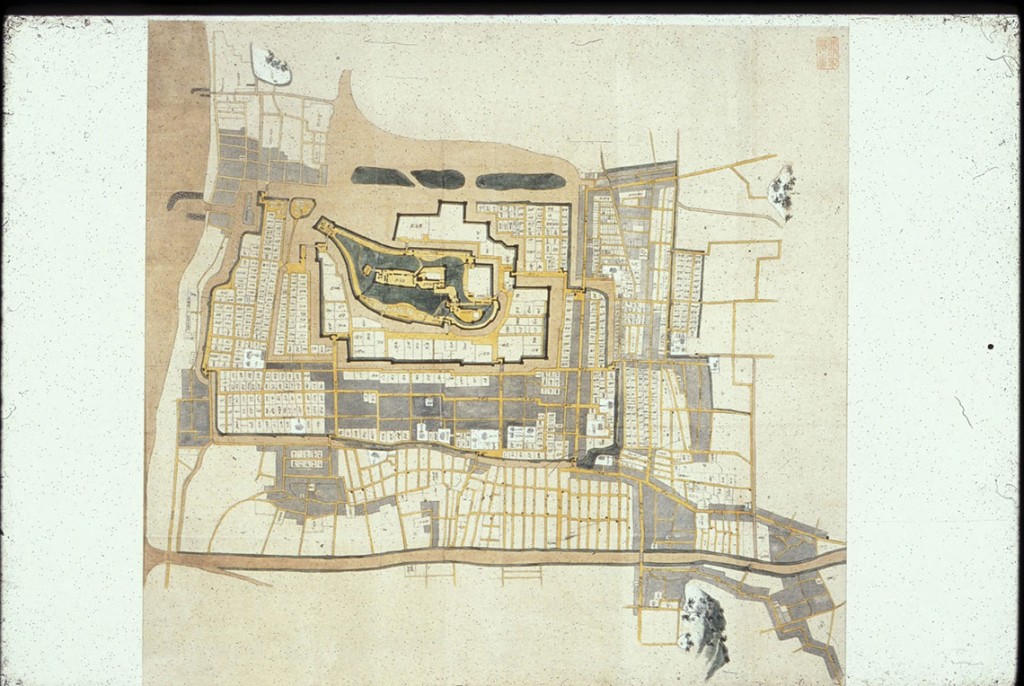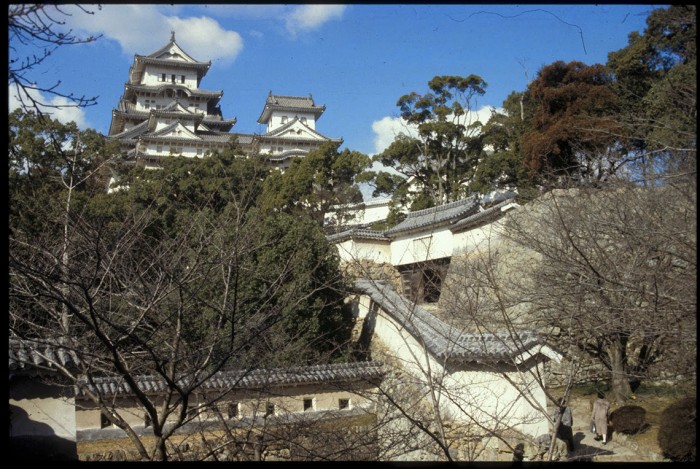
Alternate residence duty, or sankin kotai, was a system developed in the Warring States period and perfected by the Tokugawa shogunate. In essence, the system demanded simply that daimyo reside in the Tokugawa castle at Edo for periods of time, alternating with residence at the daimyo’s own castle. When a daimyo was not residing in the Tokugawa castle, he was required to leave his family at his overlord’s castle town. It was, at its simplest, a hostage system which required that either the daimyo or his family (including the very important heir) always be physically subject to the whim of the overlord.
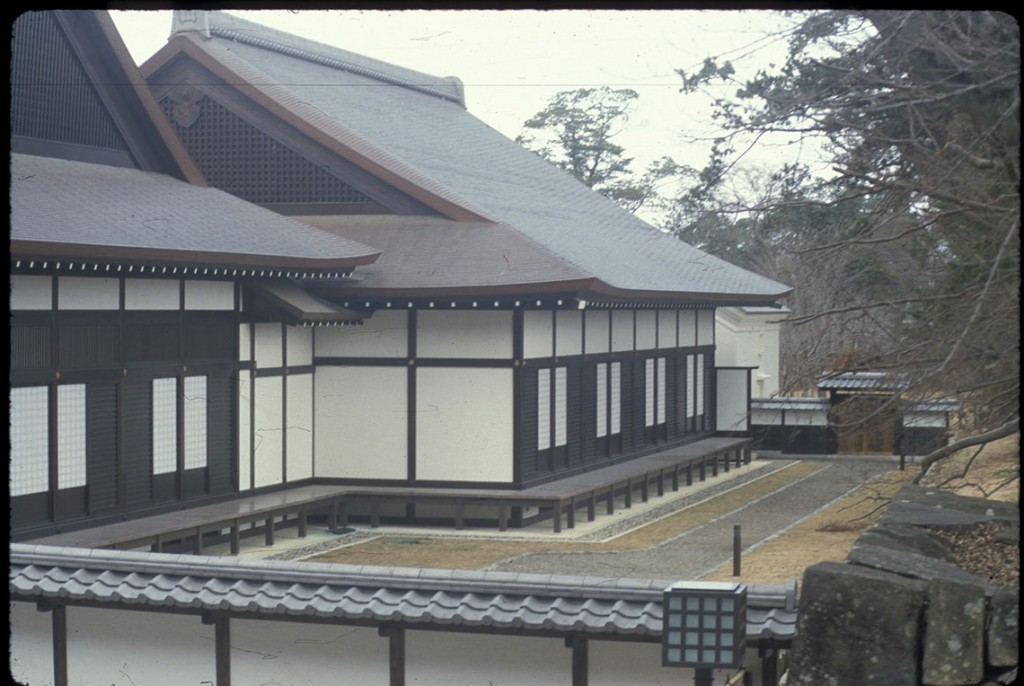
Retainer’s domain
The system involved burdens far beyond those of physical submission. Since the daimyo was a person of considerable status, he was expected to maintain a home within the overlord’s castle which was equal to his status. This expectation required, then, a castle and a mansion in the retainer’s domain and a mansion in Edo, each with the appropriate degree of staffing and luxury. In effect, an expensive burden was imposed on the daimyo, one which depleted his economic freedom to act. In addition, the daimyo was required to move between his home domain and Edo. Again, an appropriate degree of splendor was expected and this too cost money: horses and porters had to be rented, inns, food and entertainment had to be arranged and purchased, and an appropriate retinue of guards, servants, aides and advisors had to accompany a traveling daimyo. The total financial burden on daimyo during the Edo period is commonly reckoned at 25% of the net revenues available to the daimyo. Since display became a significant measure of status, ostentatious display in the process of sankin kotai increased the burden.
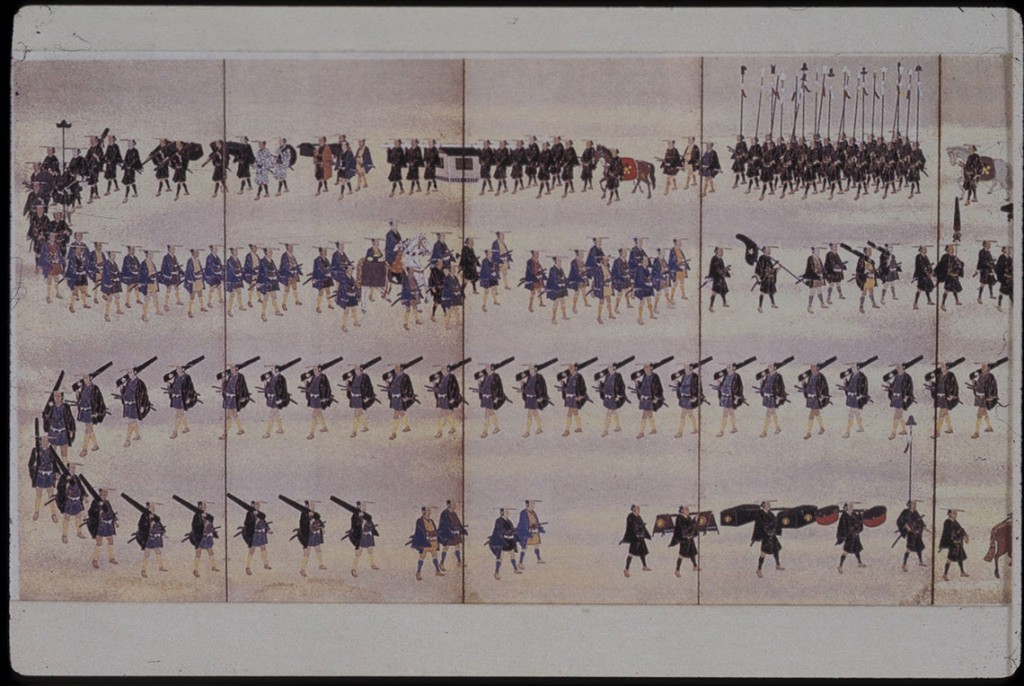
Sankin kotai was formalized in the first decades of the Edo period so that certain hereditary retainers of the Tokugawa (the fudai daimyo) alternated in Edo every six months while most other daimyo rotated to Edo every other year. The schedule of travel along the five main highways was fixed, in part so that the burden of a daimyo’s retinue (usually 150 to 300 people), did not impose to great a strain on the transport facilities along the Nakasendo or any other highway used for travel: the exact route and duration of travel was also fixed so that travelers on the Nakasendo were much the same year after year.
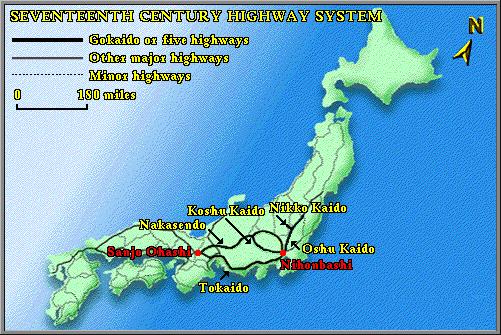
17th century Highway System
The system promoted control by the Tokugawa over the entire country, moving Japan far away from the disunity of the Warring States Period to the nationalism of the 19th and 20th centuries. It also caused a more rapid emergence of a national commercial and financial system because the daimyo had to sell local products in national markets to provide the money necessary to pay expenses on the road and in Edo. Osaka and Edo became the central points of a national economy which unified the nation in economic terms even while the political system remained nominally decentralized. The system also brought together people and ideas, both on the highways as well as in Edo and other urban centers, and contributed to the emergence of Japan’s cultural unity. It was not, however, a universally loved system. When the Tokugawa shogunate began to lose power, it abolished sankin kotai in 1862. Within six months, nearly half the population of Edo left to return to their home domains. One daimyo even dismantled his residence and took it with him.
